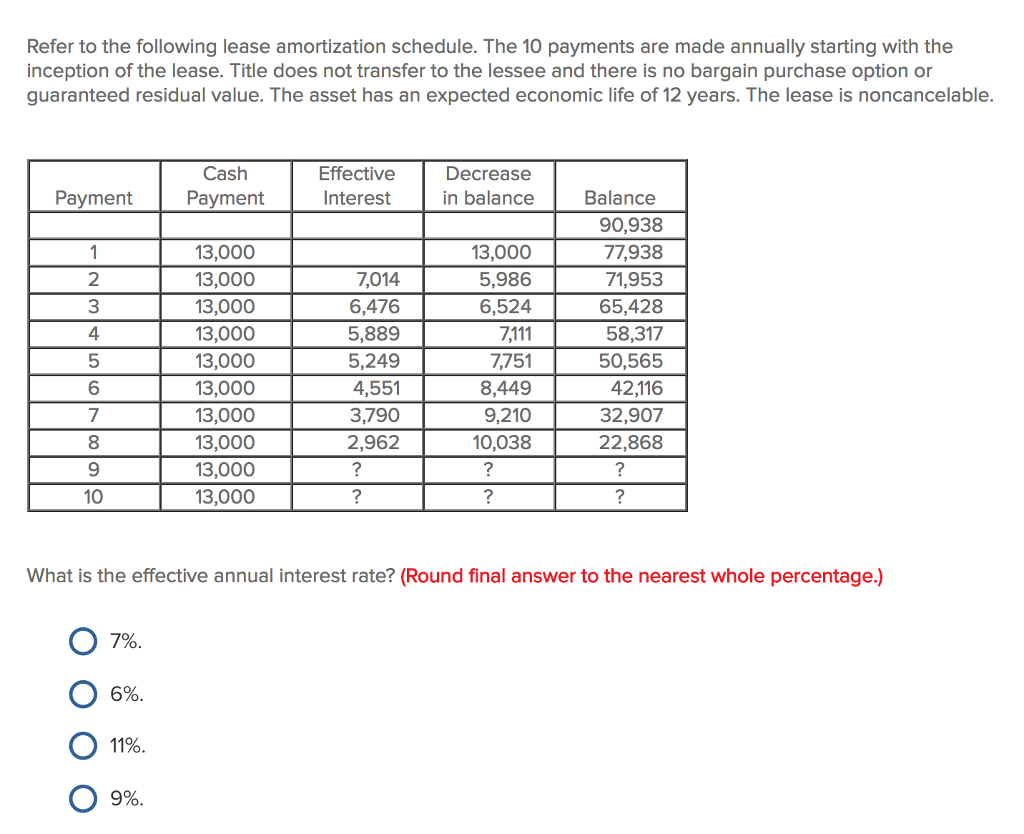
I became energized to change the game and help in finding better solutions for the industry. I saw this from the inside when I worked in studio residuals departments and different payroll companies, where legacy systems commonly slowed setups, payments and calculations. Cast lists are created manually, time limits (what percentage of pay a principal receives) are manually entered and calculated, and the payments themselves are confirmed and processed by an individual making each invoice themselves.
Residual payments manual#
Enter accountants and residuals professionals.įor years, and even still, much of production accounting and calculating residuals has been a highly manual process built around spreadsheets. In short, the complexities add up to a potential accounting nightmare.
Residual payments tv#
A writer who creates a new character on a TV show is entitled to compensation whenever that character appears, even if later episodes are created by another writer. ( Even after they die!) Add to that, royalties for character-reuse. Almost no matter how long ago it was produced, if a piece of entertainment airs somewhere on the globe, that residual payment is going to its principals. Even more complicated is that residuals for any piece of film or TV recur in perpetuity. Residuals rules are not a one-size fits all concept, each entertainment medium (i.e., home video, pay television, new media, etc.) has its own set of rules that have been negotiated and codified. The IA (the union for most of the crew) puts their residuals money into the pension plan for its members. Some guilds pay their members directly, like actors (usually quarterly), and others take residual money into a fund and disburse from there. The residuals market has also expanded to include some crew and musicians. Stars get paid more at the time of production, but rules have been created to ensure that all covered talent receive a piece of the pie. Film actors, for example, are covered by different residuals rules than those in television. The calculations of who gets paid, and how much, is more complicated than you might imagine. Residual payments are updated as needed to reflect a changing industry which now includes many digital channels and streaming services that provide on-demand viewing. And that continues today with new agreements formalized every few years between unions and studios. SAG-AFTRA, the DGA (Directors’ Guild of America) and the WGA (Writers’ Guild of America) each aimed to ensure their members - all principals in TV and film production - received long-term financial security and compensation in return for their labor. Over time, as network television became more structured, reruns became popular, and cable television emerged as a competitor, guilds (also known as unions) negotiated with the studios to achieve the most favorable arrangement for their members.

As television became an established medium and sources for secondary income were realized by studios, unions like the Screen Actors Guild (now SAG-AFTRA) fought (and went on strike) successfully to produce the compromises that led to residual payments. When their work on a specific project was done, they moved on to the next role. They signed contracts, were paid a salary and received no royalty or residual payments. In the 1950s and earlier, actors worked directly for studios. The history of residuals and reuse markets are a bit more complicated, however, and the deployment and execution of those payments, as well as calculating and understanding them, requires diligent accountants, streamlined systems, and other offerings from companies like Extreme Reach Payroll Solutions.

Residual payments movie#
If a movie plays on a streaming service or cable television, the talent responsible get paid. If your television show goes into syndication or reruns, the talent responsible for making it (and starring in it) get paid. A residual payment is also a royalty, usually paid to any above the line talent – the principals any time that a film product is distributed anywhere in the world.

If you’ve ever been close with a performer or producer in the world of film and television, you’ve probably heard of residuals. Basically, a royalty is a payment you get when your work is used and reused. Royalties are common in many industries, perhaps most ubiquitous in the worlds of book and music publishing, where the right to publish or republish a work is conveyed in payments that comprise a percentage of that work’s sales.


 0 kommentar(er)
0 kommentar(er)
